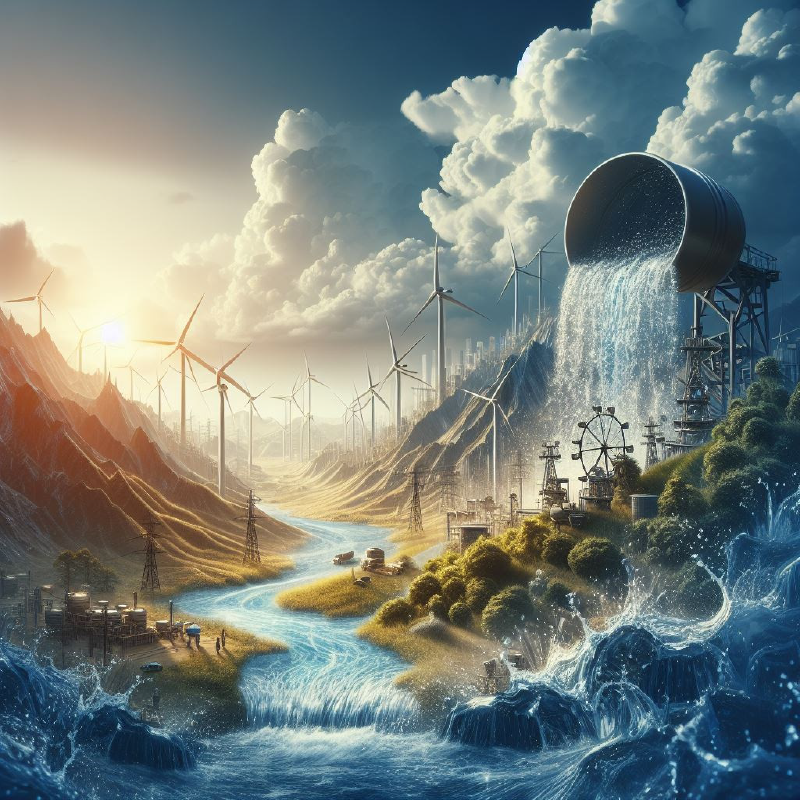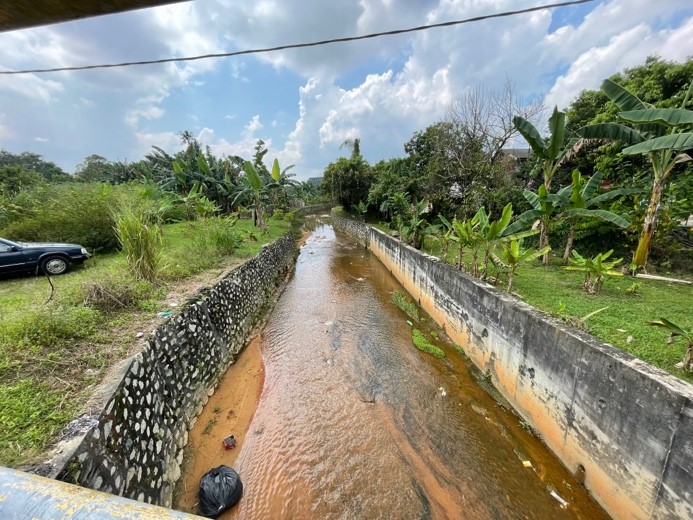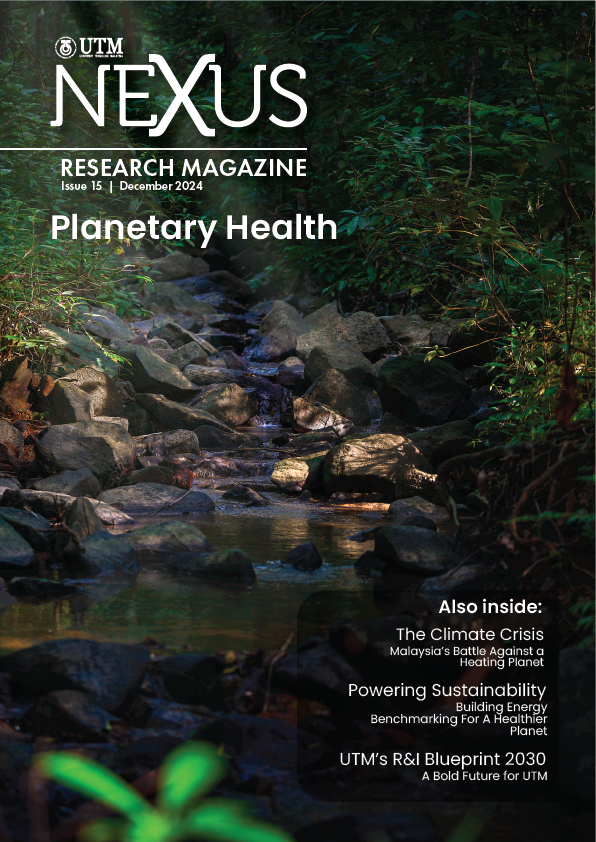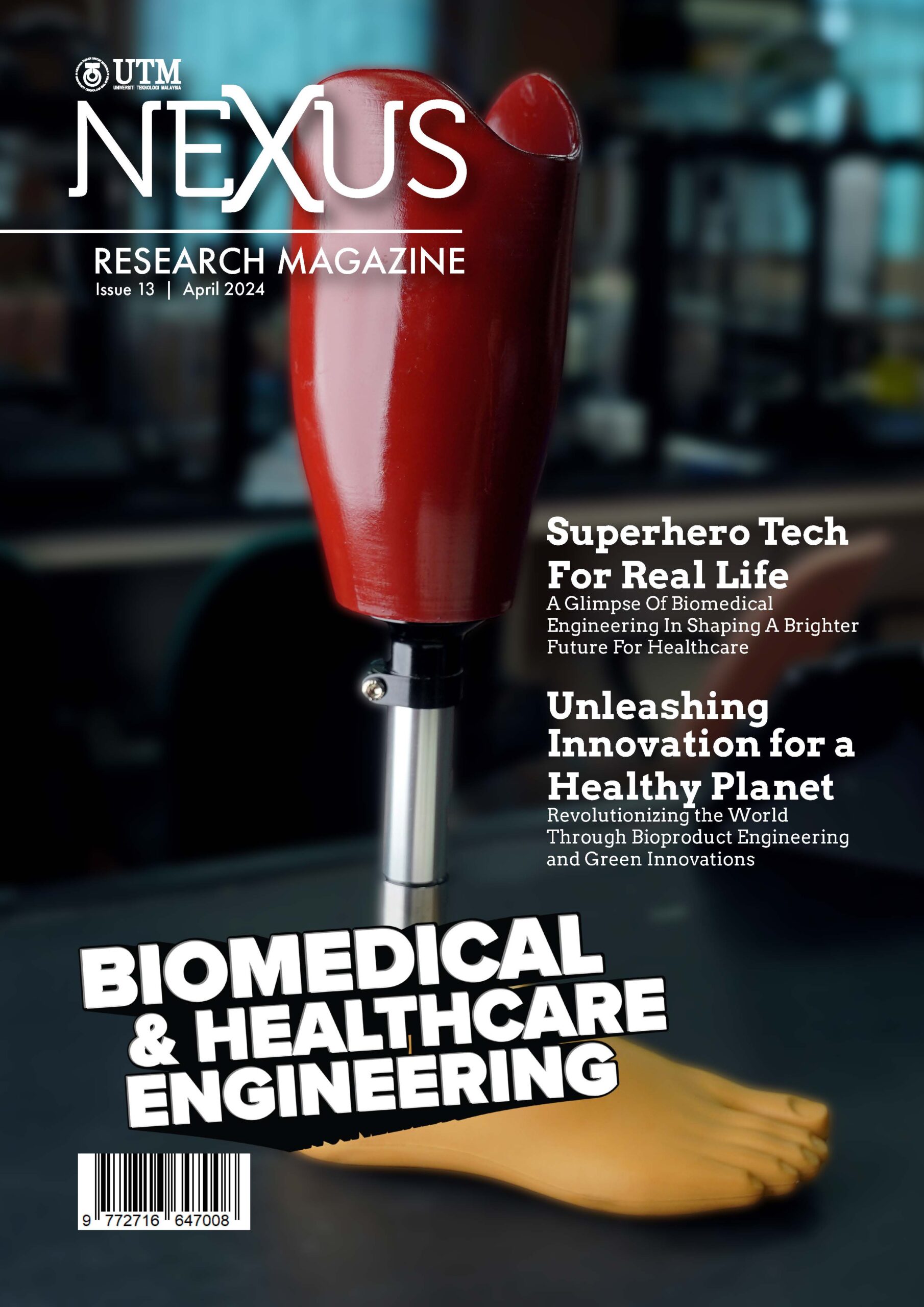Climate’s Wet Challenge

In its simplest terms, water security means having adequate quantity and quality of water to meet the needs of humans and the ecosystem. It also includes minimising the risks of flooding, droughts, or the contamination of water sources to people and the ecosystem. In this regard, two important aspects need to be looked into – do we have enough water with adequate quality to sustain our needs and the needs of the ecosystem and are we (and the ecosystem) protected from water-related disasters?
In addressing the first aspect of water security, the government of Malaysia through various agencies such as the Department of Environment (DOE), the Department of Irrigation and Drainage (DID) and state water authorities are taking the responsibility to ensure the adequacy of water for various consumers and usage. In general, approximately 70% of our water is used for agriculture, 20% for industry and 10% for domestic activities including cooking, bathing, and washing. According to the latest data, the water supply coverage for Malaysia ranges from about 80% to 99.9% depending on location. The lack of coverage is generally in rural and remote areas, mainly due to geological factors including distance and challenging topography. Urbanised areas generally enjoyed better water supply coverage and services. However, in certain areas such as Johor Bahru, Klang Valley, and Penang, the water demand is rapidly rising against the amount of water that is available, caused by population growth along with increasing industrial needs and new developments.
Since we heavily depend on surface water (rivers and dams) as our water sources, factors such as long dry spells and water pollution can significantly affect our water supply. Long episodes of dry spells such as those that occurred in 1997-1999, 2002 and 2016-2018 caused several water crises in the affected areas. Occasionally, our sources of water supply were contaminated by illegal discharge causing temporary shutdown of water treatment plants which led to water supply disruption, disturbing our daily activities and loss of income to the industries. Additionally, these incidents affect the aquatic life and in turn, the income of the fishermen and alike who depend on them.

Educating our future generation on the value of river

One of Johor River tributaries – our important source of water supply
In order to overcome the water pollution problem, various efforts have been made by the DOE, state water authorities and other agencies. These include enhanced monitoring, tightening of rules and regulations, and engagement activities with industries and the public. Following these efforts, the water quality trend has shown improvements over the years. Based on the DOE Environmental Quality Report 2022, out of the 672 rivers monitored, 74% were classified as clean, 22% were slightly polluted, and 4% were polluted. Nevertheless, more efforts are needed to improve our river water quality, not only for human consumption but also to sustain our ecosystem.
Besides drought and water pollution, having too much water is also disastrous. Historically, flood is a natural annual phenomenon in certain places such as Kota Tinggi and Kelantan. However, the 2014-2015 flood event was the worst so far in Malaysian history. More than 350,000 people were affected, 21 were killed, and about RM1.9 billion in property losses were recorded from this single event. Evidently, flood is the biggest natural disaster faced by Malaysians and has caused the loss of about RM5.8 billion over the past 20 years. Unfortunately, in recent years, flood events have become more and more frequent affecting places which have never been affected before and at higher intensity. Scientists have attributed these unprecedented events to climate change phenomenon.

Global warming and climate change phenomena
Climate change refers to long-term alterations in temperature, precipitation patterns, and other atmospheric conditions on Earth. It is primarily driven by the accumulation of greenhouse gases in the atmosphere, such as carbon dioxide and methane, largely due to human activities like the combustion of fossil fuels and deforestation. These gases trap heat, amplifying the greenhouse effect and causing global warming. As the earth warms, it sets off changes in the climate system, collectively referred to as climate change. These include rising average temperatures, melting of ice and glaciers leading to elevated sea levels, changes in precipitation patterns, increases in the frequency and intensity of extreme weather events, and ocean acidification. This, in turn, influences the distribution and availability of freshwater resources, impacting both surface water and groundwater quantitatively and qualitatively. Increased temperature also contributes to the rise of waterborne diseases as higher temperatures favours the growth of pathogens in water sources.

Skudai River in the Kulai area with one of its tributaries
Like other countries in the world, Malaysia is also experiencing the effects of climate change. One notable impact is the increased frequency and intensity of extreme rainfall, causing severe floods, particularly during the Northeast monsoon. Malaysia’s low-lying coastal regions are particularly vulnerable to sea-level rise, which further increases the flood risk. Conversely, climate change also brings about the threat of drought, particularly during the Southwest monsoon, affecting water availability for agriculture, industry, and daily consumption. Heatwaves which contribute to rising temperatures, can become a health hazard to the population, leading to heat-related illnesses, such as heat stress, dehydration, and heat stroke. In terms of water quality, flood events can contaminate our water sources with pollutants and sediments, while droughts can concentrate pollutants in shrinking water bodies. These issues have implications to public health and the sustainability of our ecosystem.

Pantai 2 Sewage Treatment Plant Kuala Lumpur is one of the latest sewage treatment plants in Malaysia producing high-quality effluent
Unfortunately, the implications of climate change on water security are unavoidable. Hence, investing in climate change adaptation is crucial to protect our water resources and avoid greater losses and more severe impacts in the future. The adaptation strategies may include the following:
- Increase our water storage capacity to deal with both extreme floods and droughts.
Explore and utilise alternative water resources such as groundwater, and water reclamation. - Embark on water demand management by implementing water-saving technology and awareness programmes.
- Implement integrated flood management and mitigation measures, particularly in low-lying areas.
- Develop resilient infrastructure, early warning systems, and sustainable coastal zone management practices.
These initiatives are currently being planned and implemented by our government to ensure our water security. Nonetheless, the responsibility does not lie solely in the hands of our government. As the responsible citizens of the country, we can also play our parts towards ascertaining a water-secured future. These include curbing our water consumption by efficient use of water, conserving our rivers, protecting our ecosystems and participating in activities promoting pro-environmental behaviour.



